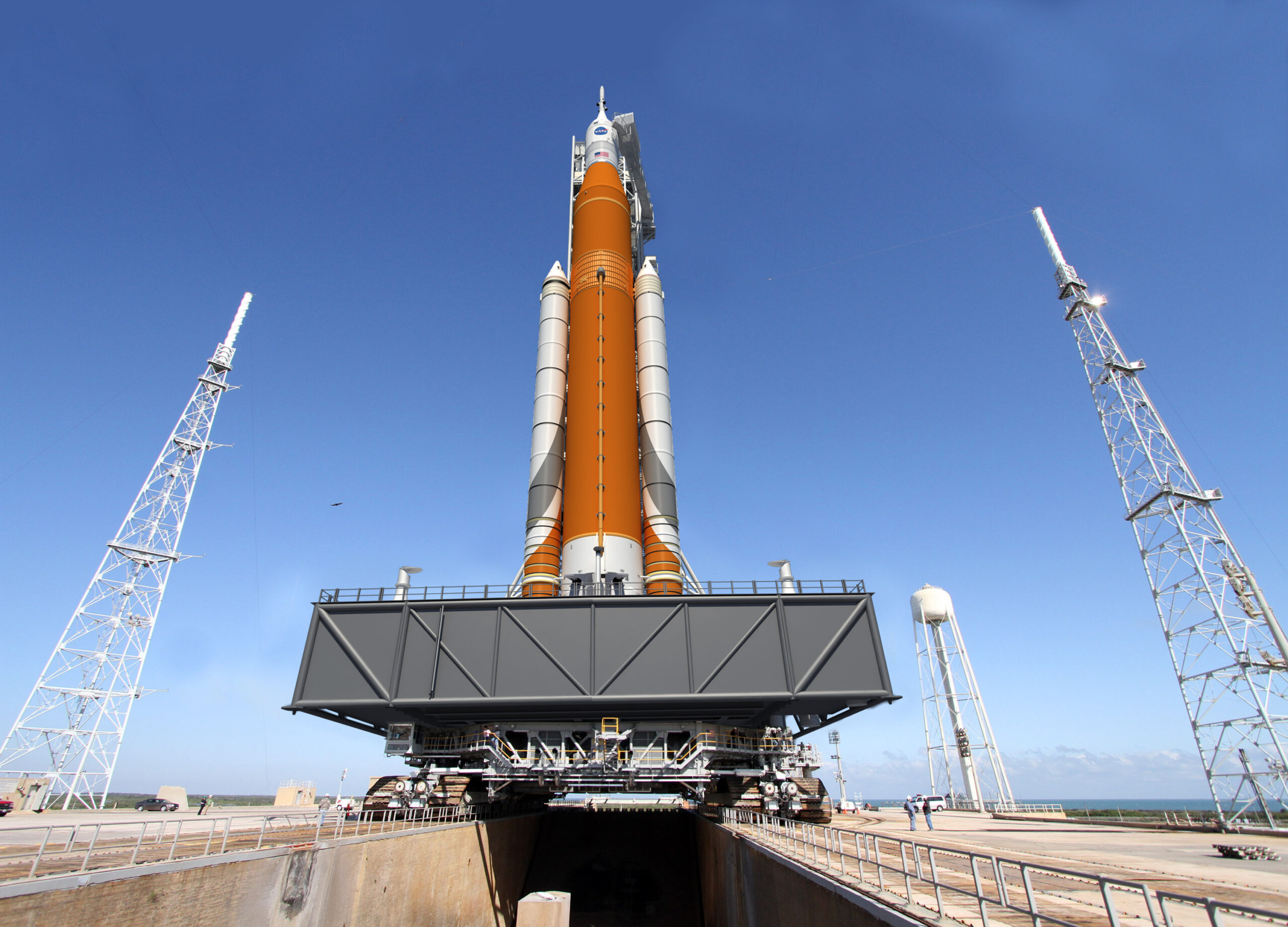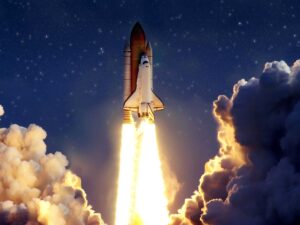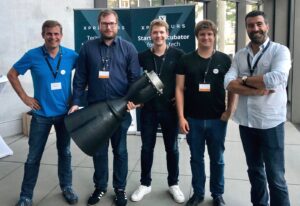NASA Rocket Ignition Tests Pave Way for the Most Powerful Rocket Launch Ever
20th Jan 2021
According to the official statement on its website, NASA is getting ready for the most power-packed rocket launch in space history. The test for their launching system was scheduled to occur on January 17, however the test was cut short to only one minute after the initial plan for an eight minute test. This mission will be an essential step for NASA’s upcoming Artemis mission, as the revolutionary liquid fuel engine should help carry manned crews to the moon.
NASA rocket ignition and SLS upcoming rocket launch
On January 17, NASA planned to execute another test firing of its Space Launch System (SLS). The rocket ignition system runs on liquid fuel, and the agency plans to test these engines, acting as the core of their rocket. The spacecraft, which is currently under design, has been developed for some time now, and sadly, has seen its fair share of delays in development. According to the agency, this ship will be used to deliver “the first woman and the next man” to the moon.
This time NASA’s rocket ignition test is focused on liquid fuels. However, the agency will need to come back to solid fuel testing somewhere along the road. Carrying SLS into calculated orbits still depends on solid fuel engines.
This NASA rocket launch is vital not only for the Artemis mission, but for the future of spacecraft building in general. After all tests are successfully completed, SLS will become the most power-packed rocket ever built — at least, for now. The carrier is designed to be 15% more powerful than modern rockets. Right now, SLS is expected to be 322 feet tall (98 metres).
On the other hand, raw power does not directly convert into the rocket’s payload capacity. But, these SLS characteristics are still very impressive. This rocket should be able to carry over 27 tons to the moon, which is three tons more than Space Shuttle can manage to the low-earth orbit. However, SLS payload capacity is still lower than that of Saturn V, used to carry astronauts to the moon in the 1960s and ’70s.
To date, NASA has already completed a series of successful rocket launch tests for its SLS. The seventh test, executed on December 20, proved that this model can carry 700,000 gallons of supercooled liquid fuel. The agency will soon proceed to test #8, and this rocket launch should wrap up a series of NASA rocket ignition tests for SLS core, liquid fuel engines.






Thank you for your comment! It will be visible on the site after moderation.